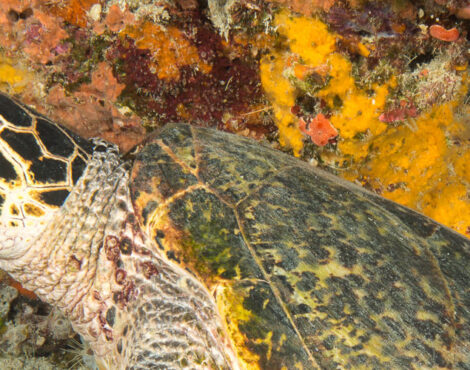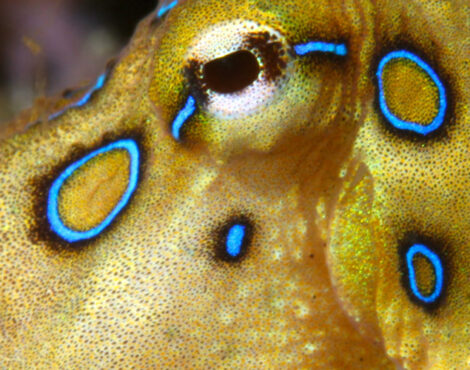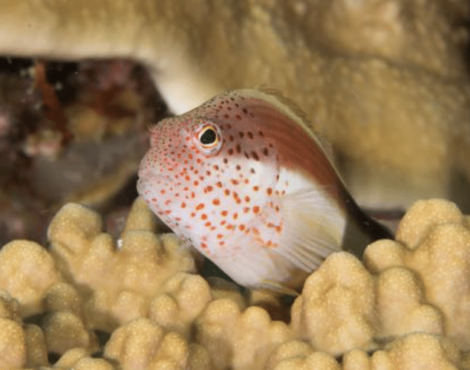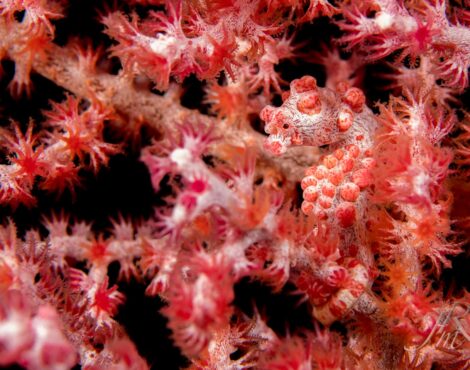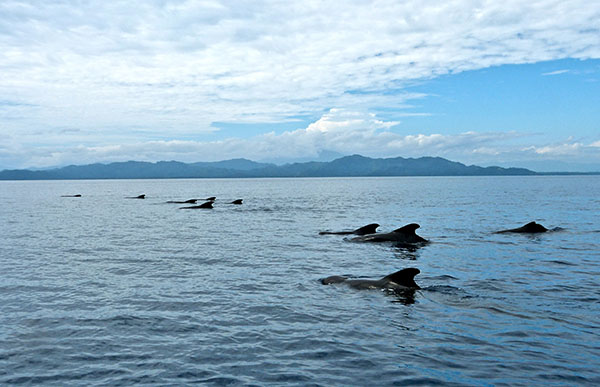
Bunaken Marine Park is well known for its incredibly high levels of marine biodiversity. The walls surrounding the islands are completely covered in life, and there is always fierce, often deadly competition when a space appears. However, between the islands, the water is very deep. Far to deep for us to visit, and far too deep for most of the species we encounter when diving or snorkelling.
It is here that we find other forms of marine life. Bunaken Marine Park is also famed for being home to several species of cetacean, ranging in size from the enormous sperm whale, to the smaller spinner dolphins.
Today, we will be talking about one of our more common cetacean encounters â the short finned pilot whale.
What is a short finned pilot whale?
The short finned pilot whale (from now on referred to only as pilot whale) is one of two species belonging to the genus Globicephala.
Although they are called âpilot whaleâ, they are actually one of the largest species of oceanic dolphin, with only the orca (killer whale) being larger. Pilot whales and other large oceanic dolphins are also known as blackfish.
What does a pilot whale look like?
Pilot whales are instantly recognisable as they are among the largest creatures we regularly encounter in Bunaken Marine Park. A fully grown adult female can reach over five metres, while a male can reach over seven metres, weighing over 3,000 kg!
They tend to be mostly black in colour, although they sometimes have lighter markings on their underside or behind the dorsal fin. Their dorsal fin is also very distinctive, being flatter and set further forward than most other dolphin species.
Pilot whales have a distinctive bulbous head (or part of the head, known as a melon), which can be easily recognised when they surface to breathe.
Pilot whale social behaviour.
Like most other cetacean species, pilot whales are highly social animals, living in groups known as âpodsâ. For pilot whales, these pods are commonly between ten and 30 individuals, although larger groups of up to 100 can exist. They are also known to mix with other species of cetaceans â in Bunaken Marine Park, they are often spotted with bottlenose dolphins.
Studies suggest that both male and female pilot whale offspring will remain in their mothers pod for life, although interbreeding does not appear to be a problem within pods. This is because males will temporarily leave their pods to mate with females from another pod â remaining with them for a few months before returning âhomeâ.
Pilot whale feeding habits.
Like all other cetaceans, pilot whales are carnivorous â feeding primarily on squid, although they are also known to feed on fish when their usual prey is less abundant.
Before feeding, pilot whales will remain at the surface for several minutes â breathing and storing enough oxygen for a deep dive. Once they dive to feed, they may remain underwater for more than ten minutes, and they are capable of diving up to 600 metres, however most dives tend to be shallower than 100 metres.
They tend to make deeper dives at night, when squid are more abundant. Their deep dives are much more energetic than that of other deep diving cetaceans (such as sperm whales or beaked whales), and they often make âsprintsâ to catch their prey. Because of this, their dives are much shorter than that of other deep diving cetaceans, who tend to swim slower to conserve the oxygen within their tissues.
Where can I see pilot whales?
Because pilot whales move to follow their food, there is no where in particular that we can guarantee sightings, however there are some areas where we find them more than others. We regularly encounter them on the crossing from Manado to Siladen (just off the mainland close to the dive site Tanjung Pisok), and we frequently see them off the coast of Mantehage. Manado Bay is home to a large pod of pilot whales, and we often see them whilst en-route to our full day Manado Bay diving excursion.
Because they tend to stick to open waters, chances of finding them underwater are rare, however it is not uncommon to see them while sailing to a diving or snorkelling site, or during the surface interval between dives.
The best way to see them is by joining one of our dolphin and whale watching excursions â they are third most common cetacean encounter after long nose spinner dolphins and bottlenose dolphins. We can obviously never guarantee any sightings, however on these trips we will take the boats to cetacean âhot spotsâ which can be quite far from any dive site. Should there be nothing there, we will head to the next place we usually encounter cetaceans.
If you would like to learn more about our dolphin and whale watching excursion, you can read more about it here, or simply head into the dive centre when you next visit us.


